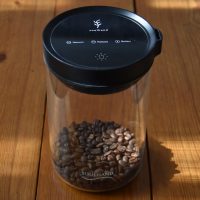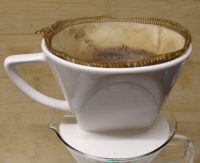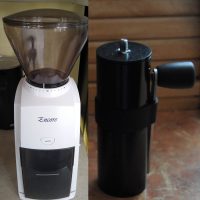 Welcome to the latest instalment in my Making Coffee at Home series, which takes another look at storing coffee beans in vacuum canisters. At the start of the year, I received the gift of a vacuum canister from Soulhand (a company which also gifted me a gooseneck kettle the year before). Vacuum canisters, as the name suggests, work by removing (almost) all the air from the canister, which, in theory, keeps coffee fresh for longer than storing it in an airtight container.
Welcome to the latest instalment in my Making Coffee at Home series, which takes another look at storing coffee beans in vacuum canisters. At the start of the year, I received the gift of a vacuum canister from Soulhand (a company which also gifted me a gooseneck kettle the year before). Vacuum canisters, as the name suggests, work by removing (almost) all the air from the canister, which, in theory, keeps coffee fresh for longer than storing it in an airtight container.
My initial post about the Soulhand vacuum canister was written not long after I received it. I covered the principles behind vacuum canisters and the Soulhand vacuum canister itself, including what it was like to use. I also did some simple comparisons between beans that were stored in the canister and those kept in an airtight container (my usual practice for storing beans). Unfortunately, the results were inconclusive, largely because over the short timescales involved (a week), I wouldn’t have expected the coffee to go stale. However, at the end of the post, I explained that I’d set up an experiment to see what difference storing beans in a vacuum canister makes over a longer period of time…


